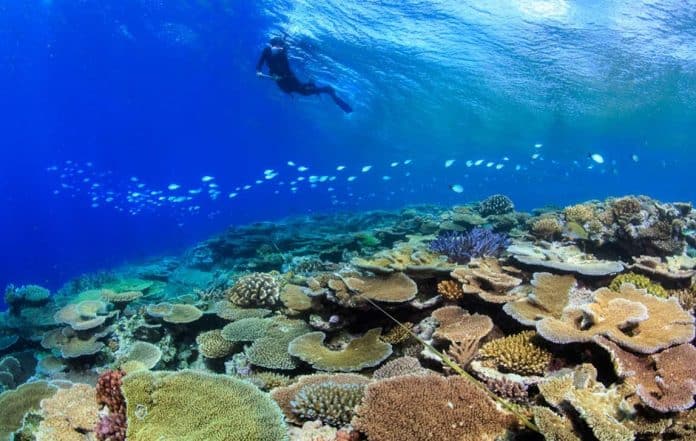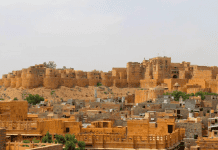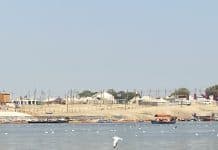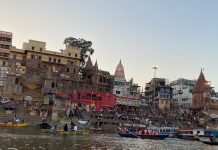“The greatest threat to our planet is the belief that someone else will save it.” – Robert Swan
The problem
Coral reefs are some of the most biodiverse ecosystems on the planet. While they occupy less than 1% of the ocean floor, they are home to more than one-quarter of all marine species on the planet, including crustaceans, reptiles, seaweeds, bacteria, fungi, and over 4000 species of fish that have made these reefs their home. These reefs are pegged at a global economic value of USD375 billion a year, providing food and resources for more than 500 million people in over 100 countries and territories. Tragically, coral reefs are endangered and in crisis – our timely intervention can save the day.
In February 2020, exceptionally high sea temperatures around the north-east coast of Australia resulted in the mass bleaching of one of UNESCO’s largest and most remarkable World Heritage site, the Great Barrier Reef. This was not the first time the reef had turned white, and as scientists predict it won’t be the last time either.
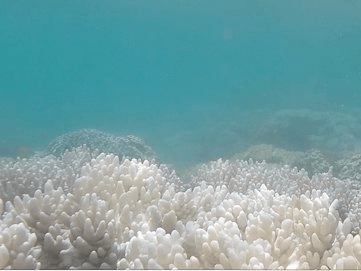
The Great Barrier Reef is a maze of maritime magnificence, spanning across 900 islands and studded with over 2,000 individual reefs. One has to just Google its name to be served by the most spectacular images of colorful biodiversity, an astounding 1,500 varieties of flora and fauna that seem right out of a Disney movie.
Although, now, most images that show up are of bleached corals as the Great Barrier Reef has been a victim of two recent episodes of mass bleaching in 2016 and 2017. To see this global marine heritage in all its glory, one has to search for “coral reefs before 2016” and the pictures that pop up tell a very different story from the current scenario. How did we get here?
To read the full story, subscribe to our monthly or annual plan. Premium Content. Already a member? Login here.
Start your subscription.
Enjoy unlimited access to our unrivaled travel, culture, heritage, lifestyle, and food blogs. Try monthly subscription or save 20% with our annual plan.


